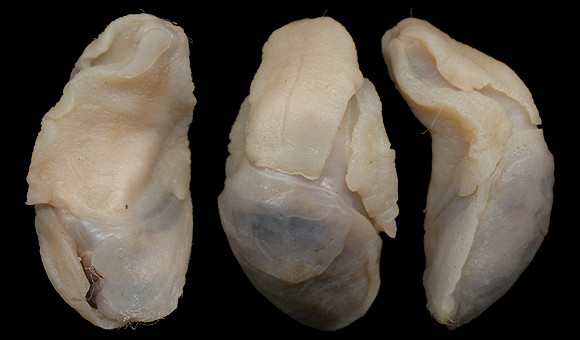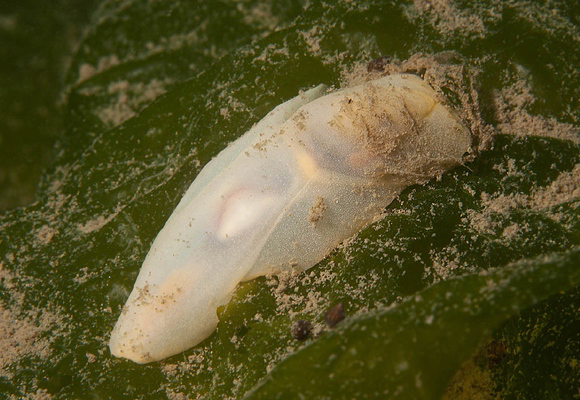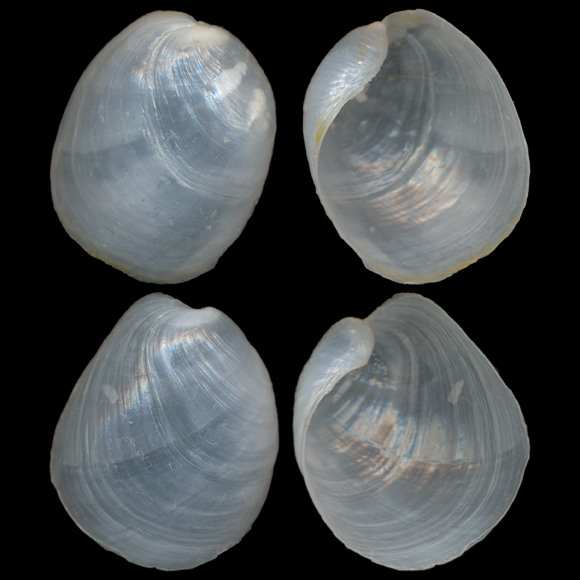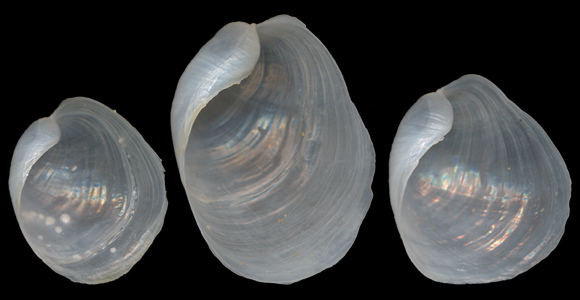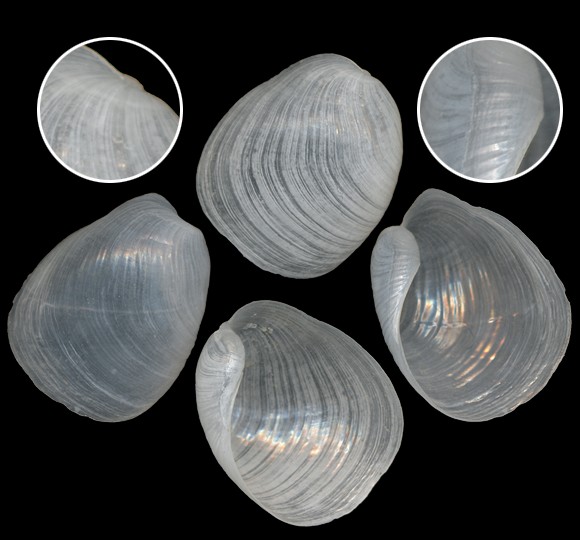
Many species with similar shells live in the world: from Aleutian to Taiwan & China Sea, Norway to Mediterranean,
Mozambique & South Africa to South Australia and New Zealand. Most of the epithets that are considered as synonyms (aperta, apertissima, quadrilobata, quadripartita…)
might refer, in fact, to valid species. According to Price et al. (2011), based on anatomy, P. aperta (Linnaeus, 1767) and P. quadripartita are two distinct species, the first one in South Africa and Mozambique, the second one in European seas.
Predator in the upper infralittoral.
Beached, Porto Grande di Siracusa, SE. Sicily. 10mm.
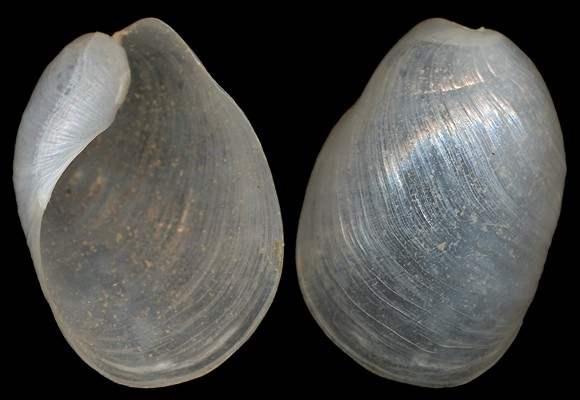
10m deep, on sand, SE. coast of Spinalonga peninsula, Elounda, Lasithi, N. Crete. 19mm.
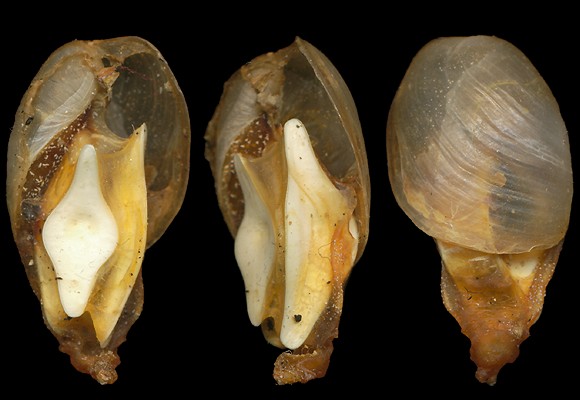
As bivalve eaters, Philinidae use gizzard plates to crush the shells they ingest. Their shells can often been
found on the sublittoral-infralittoral sandy-muddy bottoms upon which the animals hunt. – Beached, Cervia, Ravenna, NE. Italy. 13mm.
